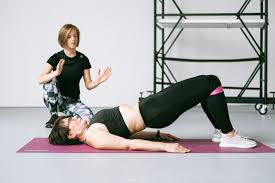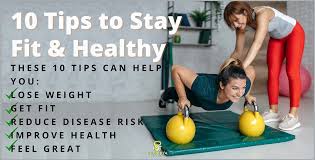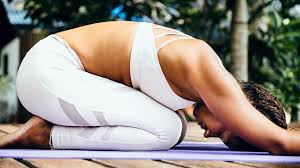1. Improves Flexibility and Range of Motion
-
Why it matters: Flexibility reduces the risk of injury and enhances physical performance in daily tasks like bending, lifting, or even walking.
-
Example: Regular stretching makes it easier to reach overhead shelves or bend down without strain.
2. Reduces Muscle Tension and Stress
-
Why it matters: Tight muscles can contribute to stress and physical discomfort, especially in the neck, shoulders, and back.
-
How stretching helps: Gentle stretching promotes relaxation by loosening tight muscles and increasing blood flow, which calms the nervous system.
-
Bonus: It can act as a mindfulness practice when combined with deep breathing.
3. Enhances Posture
-
Why it matters: Poor posture contributes to pain, fatigue, and joint strain.
-
Stretching’s role: Regularly stretching key muscle groups (like the chest, hip flexors, and lower back) counteracts the effects of sitting or standing for long periods.
4. Supports Circulation
-
Why it matters: Good circulation ensures your muscles and organs get the oxygen and nutrients they need.
-
Stretching’s role: It increases blood flow, especially to muscles that are not frequently used, promoting cellular repair and detoxification.
5. Helps Prevent Injury
-
Why it matters: Stiff muscles and joints are more prone to strains and sprains.
-
Stretching’s role: Maintaining flexible muscles reduces the risk of injury during daily activities, especially when moving suddenly or lifting objects.
6. Aids in Recovery and Reduces Soreness
-
Why it matters: After physical activity, muscles may feel tight or sore.
-
Stretching’s role: Post-activity stretching can ease soreness and prevent stiffness by helping muscles return to their resting length.
7. Enhances Energy and Focus
-
Why it matters: Sitting for long periods can cause fatigue and decreased concentration.
-
Stretching’s role: A quick stretch break can boost circulation and mental clarity—perfect for mid-day energy slumps.
Tips for Effective Everyday Stretching
-
Be consistent: Aim for at least 5–10 minutes a day.
-
Focus on major muscle groups: Neck, shoulders, back, hips, hamstrings, and calves.
-
Don’t bounce: Use slow, steady movements; hold each stretch for 15–30 seconds.
-
Listen to your body: Stretch to the point of mild tension, not pain.
Conclusion
Stretching is a simple, low-cost, and highly effective way to support your physical and mental well-being. Whether you’re waking up, sitting at a desk, exercising, or winding down, making time to stretch can significantly improve your quality of life.






